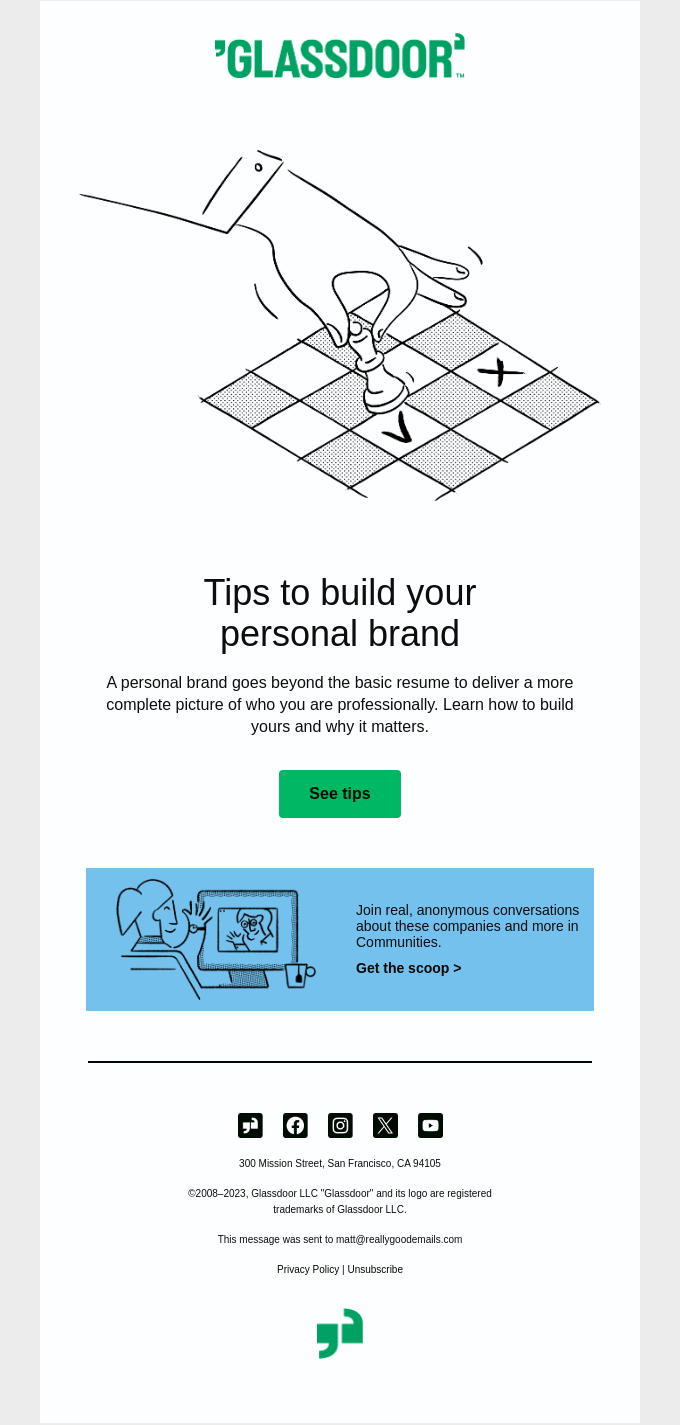Millennials’ email marketing stats and useful data
Email marketing for Millennials is both an art and a science. The generation born between 1981 and 1996 grew up and matured along with the Internet, so they are experts at filtering genuine content from online noise. For them, authenticity and personalized experiences are everything, and that includes their inboxes.
In the age of economic uncertainty, Millennials are re-evaluating their financial priorities, with many living paycheck to paycheck. Despite this, this demographic group is leading the charge in online consumption. Email marketing remains a valuable tool for engagement, with 79% of Millennials prefer being contacted by brands via email and 40% likely to be influenced by a brand’s newsletter. Thoughtful, data-driven email strategies have never been more important.
To connect with this generation, marketers must leverage smart cold emails and other types of emails with clever subject lines resonating with Millennials’ values and beliefs. Social media platforms and customer loyalty programs offer additional ways to engage Millennials and build brand loyalty.



















